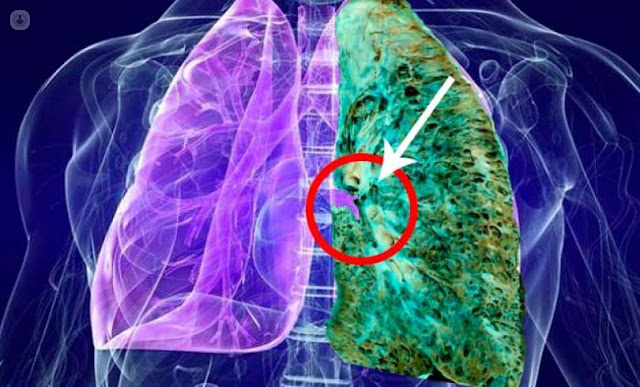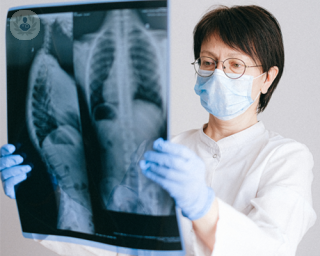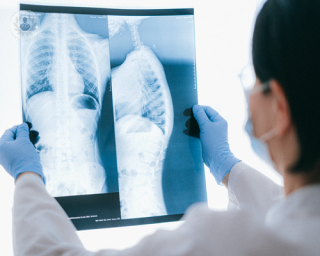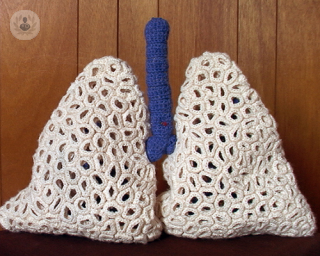Pulmonary fibrosis
Dr Amit Patel - Pulmonology & respiratory medicine
Created on: 11-13-2012
Updated on: 06-07-2023
Edited by: Jay Staniland
What is pulmonary fibrosis?
Pulmonary fibrosis, or interstitial lung disease occurs when scar tissue builds up in your lungs, causing the lung tissue to thicken and harden. This makes it difficult to get oxygen into the blood, and it can lead to shortness of breath, among other symptoms.

Symptoms of pulmonary fibrosis
Pulmonary fibrosis manifests itself in the following ways:
- a dry cough
- unexplained weight loss
- tiredness
- shortness of breath
- muscle and joint pain
- swelling of the extremities of the feet or hands.
However, the symptoms of fibrosis may be different in each individual, depending on the course of the disease. The progress of the disease may accelerate, worsen, or not change over months or years.
What causes pulmonary fibrosis?
There are numerous causes of pulmonary fibrosis. Broadly, these include:
- Idiopathic pulmonary fibrosis (the most common form of fibrosis)
- Connective tissue disease related pulmonary fibrosis (conditions related to rheumatological disorders such as rheumatoid arthritis for example).
- Occupational or environmental factors, for example exposure to bird droppings leading to conditions like hypersensitivity pneumonitis.
- Asbestosis.
- Medication related (commonly chemotherapy drugs, heart medicines, some antibiotics, and some anti-inflammatory drugs).
Investigations for pulmonary fibrosis
Patients require a full comprehensive assess including a consultation to assess for causes and impact as well as testing which may include CT scanning, lung function testing, and blood tests.
What does treatment consist of?
Treatment for pulmonary fibrosis can include medications, including immunosuppressants and/or antifibrotic agents, oxygen therapy, pulmonary rehabilitation and lung transplantation. Scarring of the lung tissue is often not reversible (although in early stages there can be reversibility). The treatment can be with the aim to reverse, halt, or slow progression.
To find out the most appropriate treatment, you need to consult a specialist in pulmonology.












